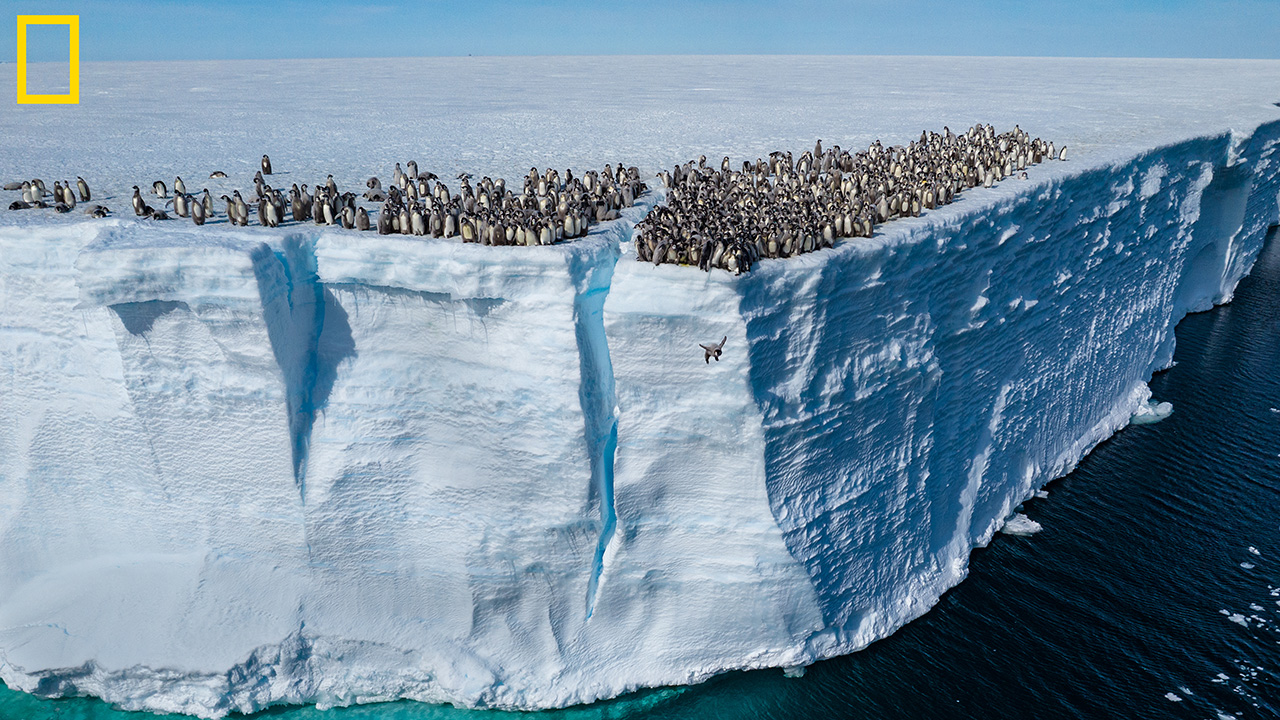Whale sightings increase may be due to climate change, more food
LONG BEACH, Calif. (KABC) -- Whale and dolphin sightings are on the rise this month and it may be because of the changes going on in the ocean.
People on an early morning whale watching tour got a front row seat as a gray whale came to the ocean's surface.
Capt. Dan Salas said it is a common sight because gray whales migration from the Arctic to Mexico begins in December, but what is uncommon is how many have been spotted.
"We've already had well over 330 whales, already this month, which is a 30 year record," he said.
Harbor Breeze Cruises partners with the Aquarium of the Pacific to study what is causing the huge number of whale sightings.
Marine biologists say it's too soon to know for sure, but one theory is climate change. The ice melting in the arctic could be making food easier to find.
Kera Mathes, a whale biologist at the Aquarium of the Pacific, said if whales have access to food it could mean that they are migrating earlier.
"If they're getting access to food or the food has just been more abundant up there, then that means that maybe they're bulking up sooner...they can leave early and that might account for the increased numbers in December," she said.
Marine biologists also want to know why rare sightings of dolphins, a fin whale, and even killers whales in the past are happening more frequently.
"In general the ocean is changing. We know the ocean is changing. What that's going to mean long term, it's hard to say," Mathes said.
While experts continue to determine if those changes are good or bad for ocean mammals, many are lining up for their chance to see one.
The typical gray whale season runs through the end of April or the beginning of May.








